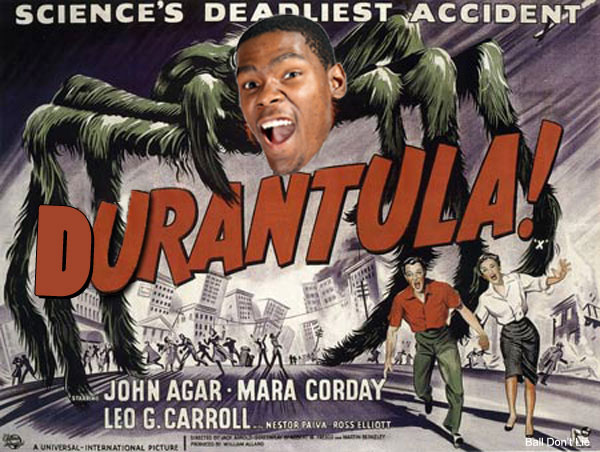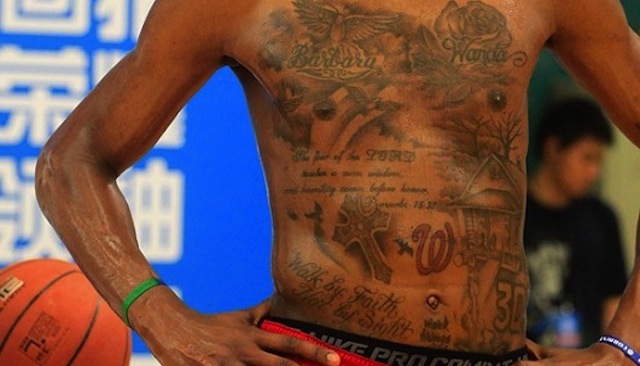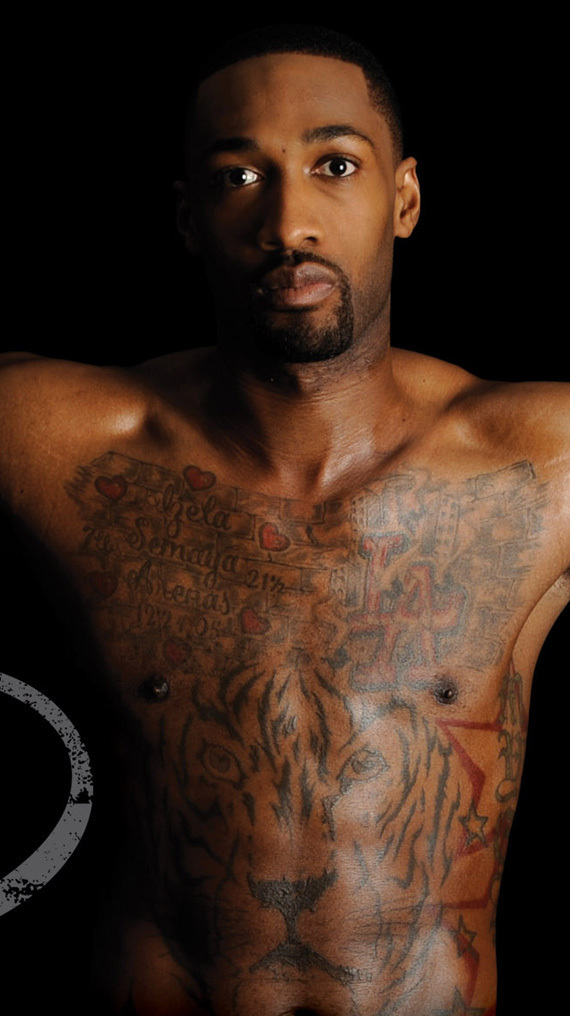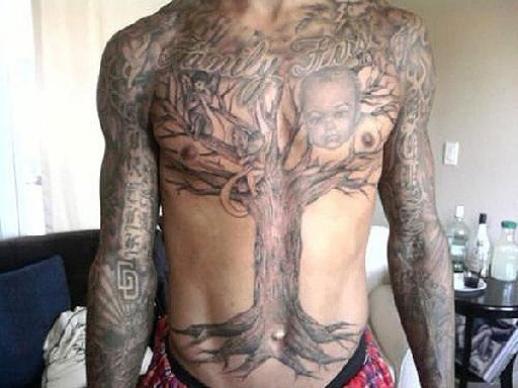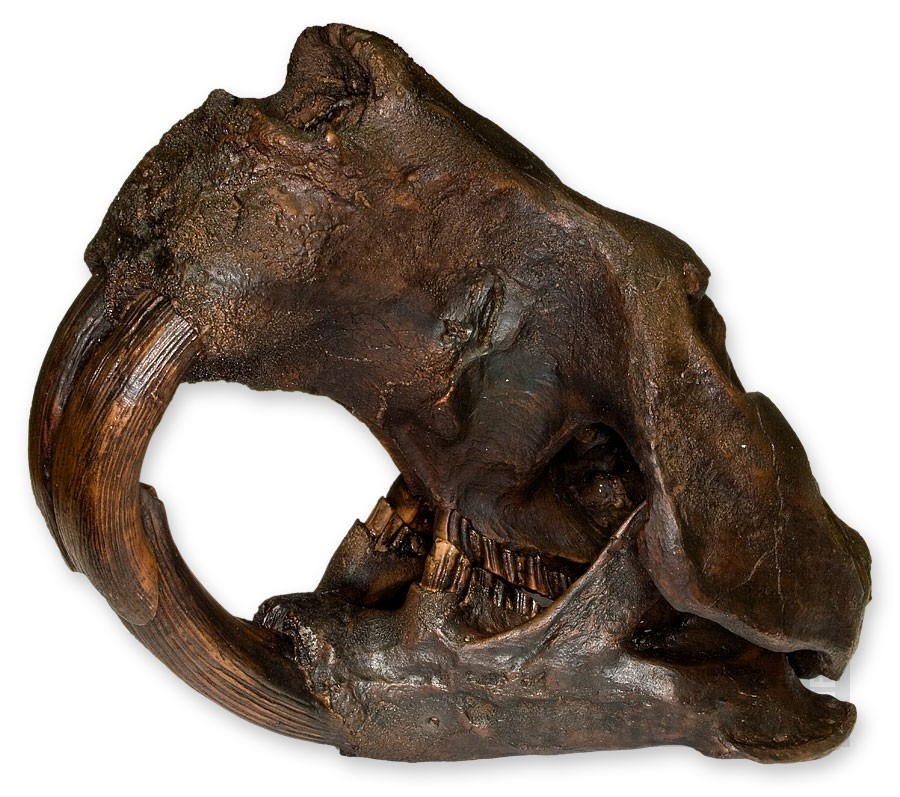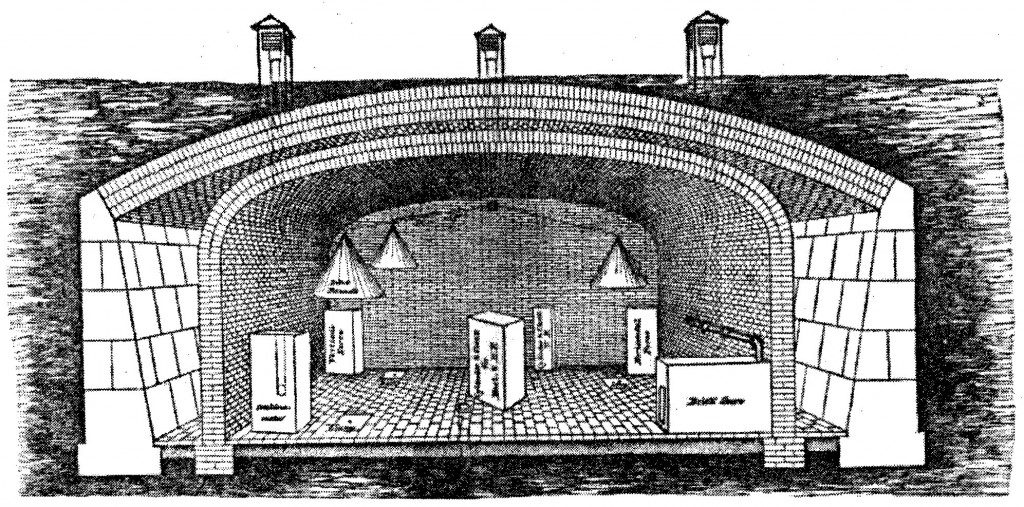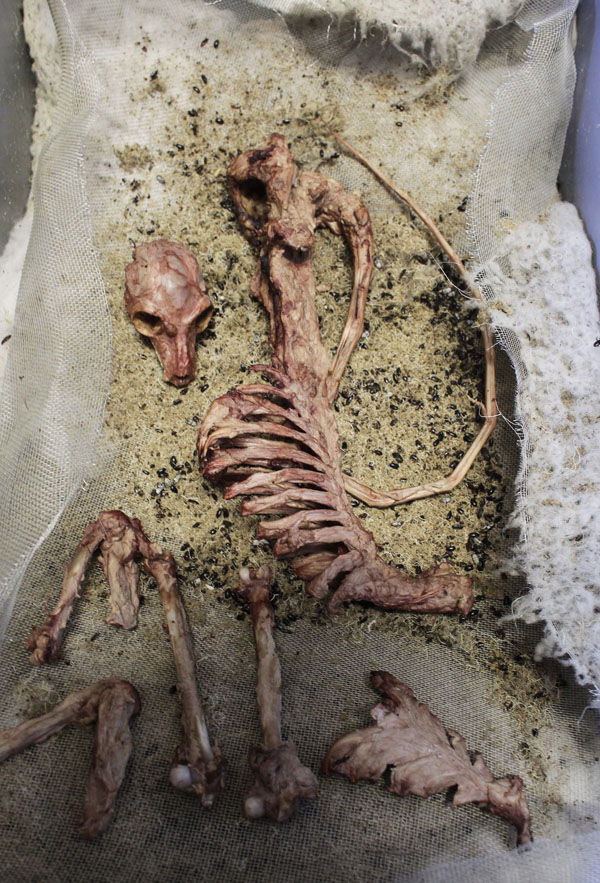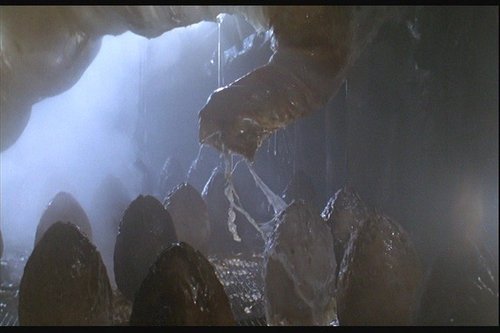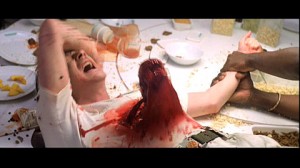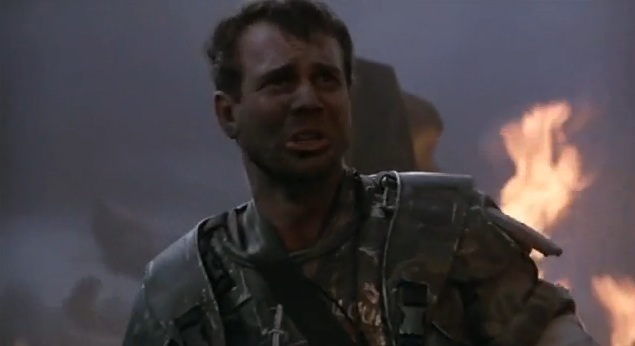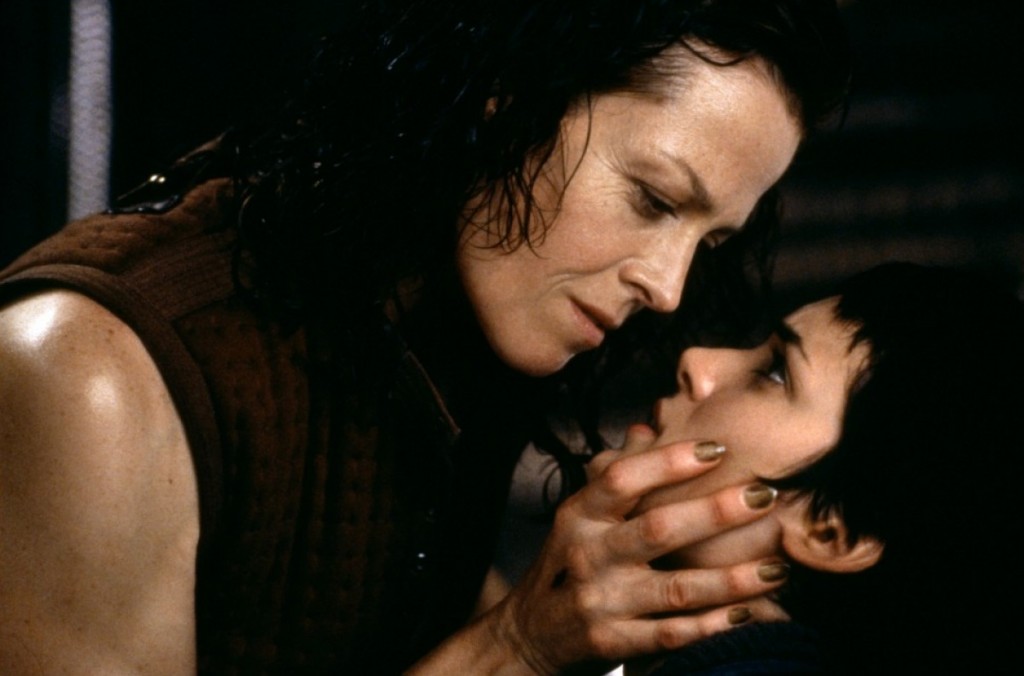This past month, I spent many an evening hour working in a large and low-lit basement wood-shop just off East Hastings. I was slowly building my first wood table, though by the end of my sessions I was often scuttling boards at random between the planer, jointer, and electric sander, each one generating a different sonic blast in their promise to edge off whatever irregularity the project was giving me. Enough back and forth between the machines would have me feeling tired and foggy, the productivity dipping steadily. Even though I always wore a dust mask, and was alert to the presence of certain odours and the possibilities of fires (a beginner here), I tended to follow the experienced carpenters in the space and neglect my earbuds except under very loud circumstances. In part this was because I loved what the room was giving me: the interclatter of old machinery, the generator’s low throb, the sudden rush of the pipes, and all sorts of lively sounds — beneath floorboards, in adjacent rooms — I couldn’t attribute purpose to. The spooky basement would be rumbling with the energy of a thunderstorm at times. Perhaps this is why it always took me the longest to come to my aural senses, to realize that the noise really wasn’t helping the work. I may have even lost a few frequencies of audibility in the process.
Many people spend entire lives in indoor environments like this one. As someone who studies the health of outdoor environments — or is attempting to at least — I’ve come to find it interesting how few scholars come to consider the indoor ones we so often inhabit. To give interior spaces an environmental perspective, in other words, and not just a social diagnosis involving chemicals and carincogens. One great, recent, exception (and one I’ve parroted about enough lately) is Michelle Murphy, whose book Sick Building Syndrome (Duke, 2006), looks at the construction of indoor environments in large 1970s office buildings. But the person I want to showcase here had something to say about the sonic qualities of indoor environments — not just with the music one chooses to play, in other words, but all the humming, bleeping and grating socionatural energy that makes industrial labor possible. That person is Raymond Hetu, a little known acoustician and social scientist who taught at the University of Montreal in the 1980s and early 1990s. Hetu wrote about statistics like: “60% of the American industrial workforce was exposed to sound levels capable of hearing damage” and inferences like: “worker demand for hearing protection is very low in Quebec, despite various sustained effects.” Hetu, who died in 1995, left behind some interesting thoughts on a topic that deserves closer examination.
He was the first scholar to frame factory noise as a problem that demanded an ecological response. Writing with William Noble in 1994, Hetu made the point that noise induced hearing loss in factories is mistakenly treated as an individual problem, when the fragmentation of the social body as a result of the noise — through loss of communicative ability, diminished spatial awareness, shame and isolation — is what really needs attention: “An ecological approach pays attention to the interactions among all relevant components in an ecosphere.” Accordingly: “This approach allows the concept of disability (usually thought of as a property of the individual) to be replaced, for the purpose of analysis, with that of the system as a whole providing conditions that are enabling or disabling.” When agency is attached to buildings, it is usually in the form of responsive visual interfaces or green walls. What Hetu and Noble want is a sort of cultural ecology of indoor sound environments, one in which individuals provide live feedbacks into the entire modulating sound-system whose regulation demands social and technical forms of responsibility.
Hetu seemed personally disturbed by the fact that noise induced hearing loss was so seldom discussed by anyone. In a set of articles he wrote shortly before his death, Hetu considered the way industrial hearing conversation policies are black boxed. Armed with a deep knowledge of otology (the ear), he recognized the dangers of simply quantifying noise limits when other factors (exposure time, individual capacity, overall environmental conditions) were at play. He was keen to suggest that discourses of masculinity were actively encouraged for enduring high sound levels and avoiding the dainty application of earbuds. Compensatory regimes minimized corporate risk by insisting on direct causal relationships for a condition (hearing loss) recognized as late-onset and cumulative. Digging into the some of the literature published by the industry-friendly American Academy of Ophthamology and Otolaryngology (AAOO), Hetu unearthed policies insisting that for factory workers, certain sensory capacities were actually superfluous. For Marxists concerned with the ways the worker’s body is drained of its labor power by the capitalist mode of production, alarm bells should be ringing here. Indeed, Hetu was up in arms at the fact that so many unions remained uninterested in an issue that was causing such harm to their members.
People with hearing impairments tend to put a brave face on their conditions, and their friends often tease them about it, but its a scary thing. Especially as we grow old, as it combines with other social issues and diminished physical abilities — ageism in the workplace is an increasingly recognized social problem. I suspect its those things, like hearing, that others can treat so lightly that gives it its cruel underside. Fifteen years ago, Hetu proposed a dynamic model of noise regulation — in which changes to the acoustic environment are governed not by objective limits, but characteristics of human capacities (communication and consultation, for instance) — that still stands out as respectful and attentive in a way our general cultural attitudes aren’t. From my brief wood-shop experience, these barriers seem pretty hard to remove, and other hazards justifiably deserve more direct immediate attention too. Blocking out your ears isn’t always the answer though. For me at least, the balance that has to be struck is between being able to listen to the lively energy of the interior environments we create and co-constitute, and being able to listen period.


